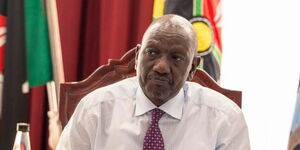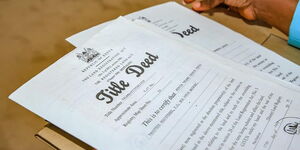The Kenya shilling slipped past the 115 mark against the US Dollar for the first time in history.
On Friday, the shilling was trading at 115.10 against the dollar. According to economists, the trend is due to hard economic times and the high inflation rate.
The data from the Central Bank of Kenya (CBK) indicates that the shilling traded at an average of 114.78 against the US Dollar in the last three weeks.
On May 9, 2021, the shilling was trading at 106.5 against the dollar, with the Kenyan currency continuing to weaken against the American one. This was the shilling's best performance over the last one year.
The shilling passed the 110 mark for the first time on September 3, 2021, with some relative stability being recorded in the five days that followed.
However, this stability was short-lived as the shilling dipped further to cross the 111 mark in less than a week.
Even as the shilling continues to weaken, the country is facing an acute shortage of dollar bills, with reports indicating that the demand for the American currency has gone up more than twice.
Early this week, the Central Bank of Kenya reported that the country’s inflation rate had jumped to a three-month high of 5.56 per cent in March 2022. In February, the inflation rate stood at 5.08 per cent. The weakening of the shilling is the main contributor to the high levels of inflation.
“The annual inflation rate in Kenya accelerated to a three-month high of 5.56% in March of 2022, from 5.08% in the previous month,” reads a statement by Trading Economics, a global economies monitoring centre.
“Main upward pressure came from prices of food and non-alcoholic beverages (9.92% vs 8.69%), namely cooking oil (35.15%) and wheat flour (17.68%), amid the effects of the war in Ukraine.”
“Inflation also accelerated for furnishings (6.44% vs 5.41%) and housing and utilities (4.91% vs 4.79%), on account of prices of gas (38.18%). On a monthly basis, consumer prices inched up 0.85%, following a 0.4% rise in the prior month,” added Trading Economics.
The government has, however, expressed optimism that the high inflation rates will soon go down, further mentioning that the weak shilling was as a result of inflation adjustments.












